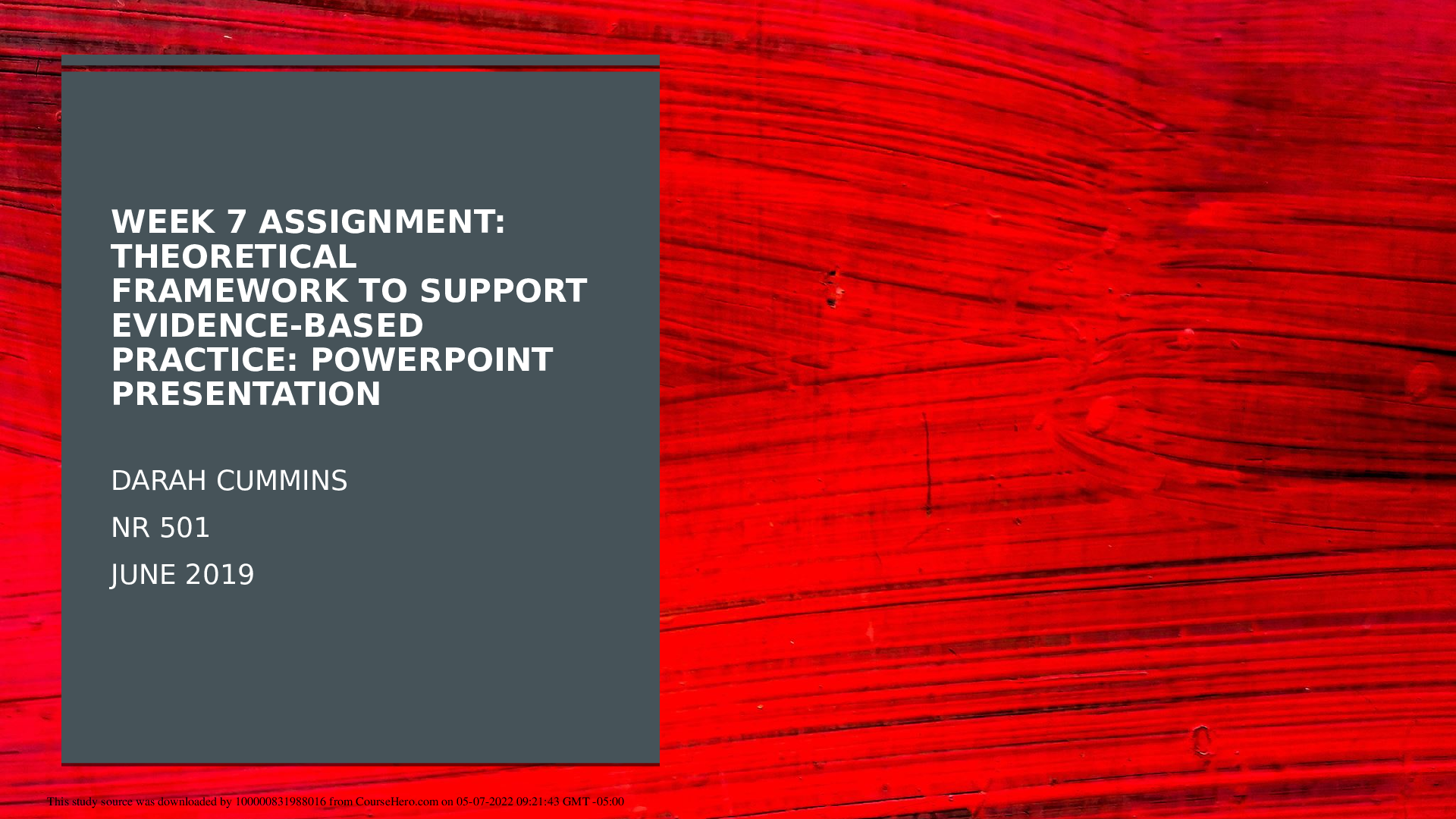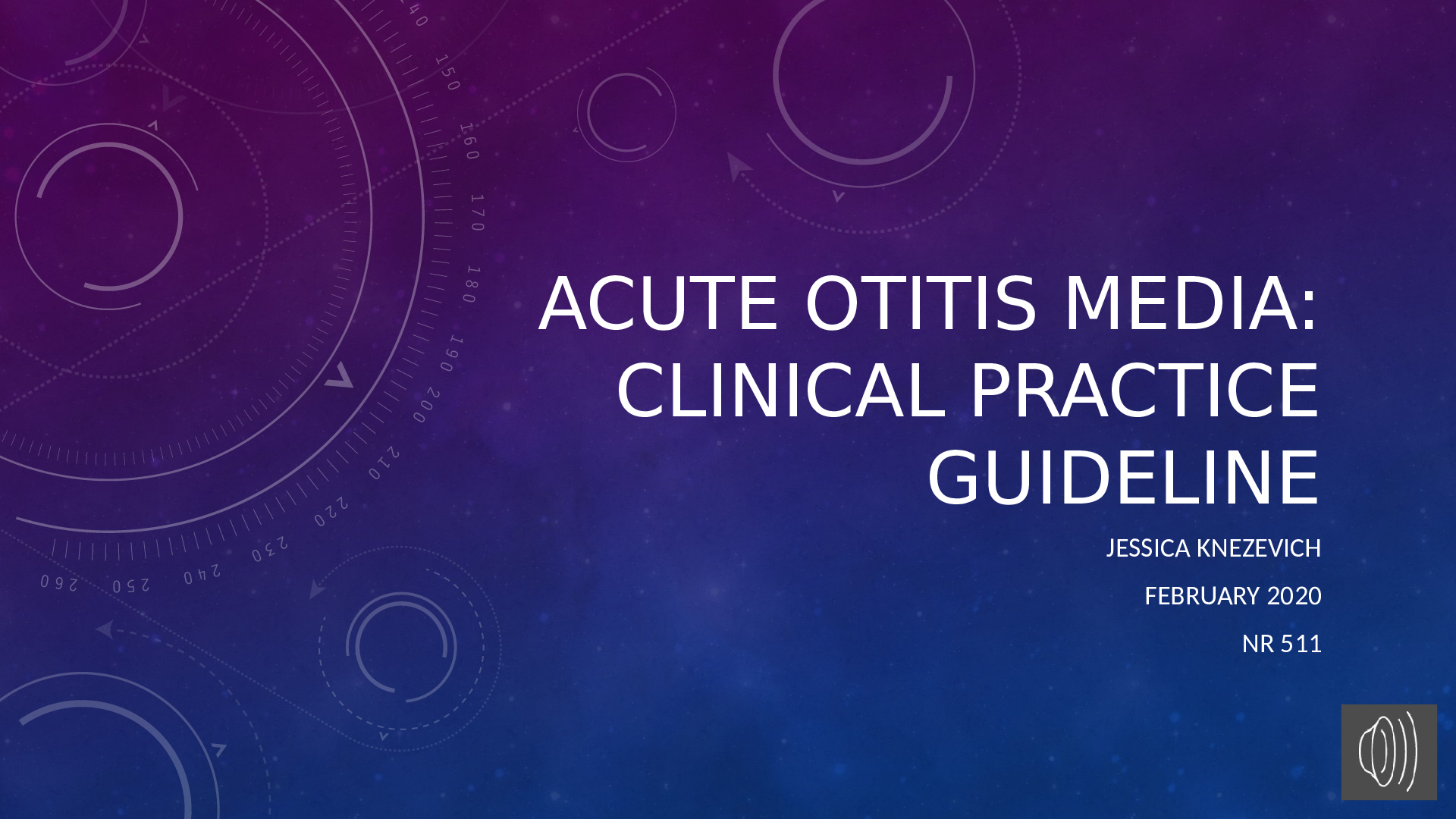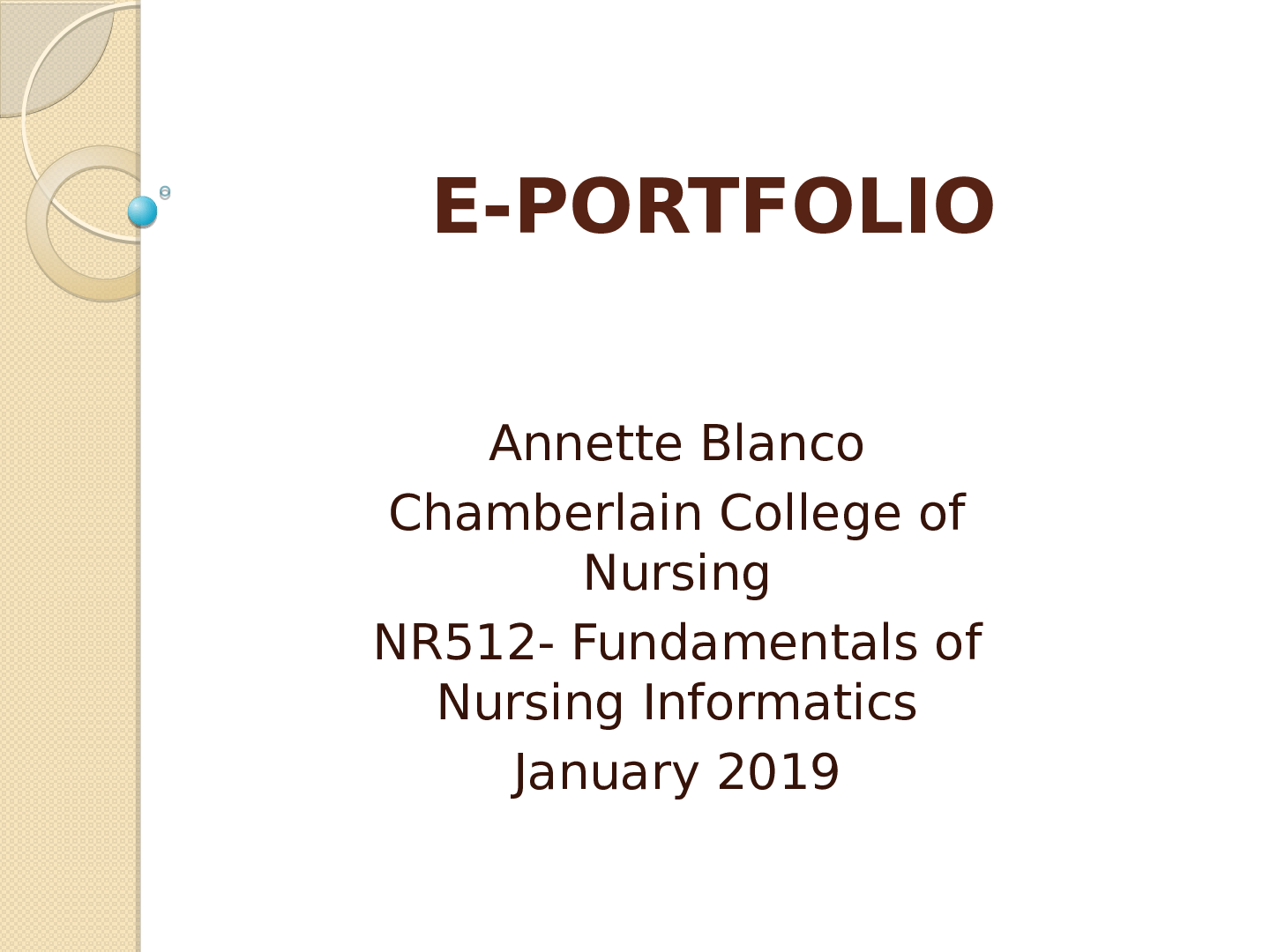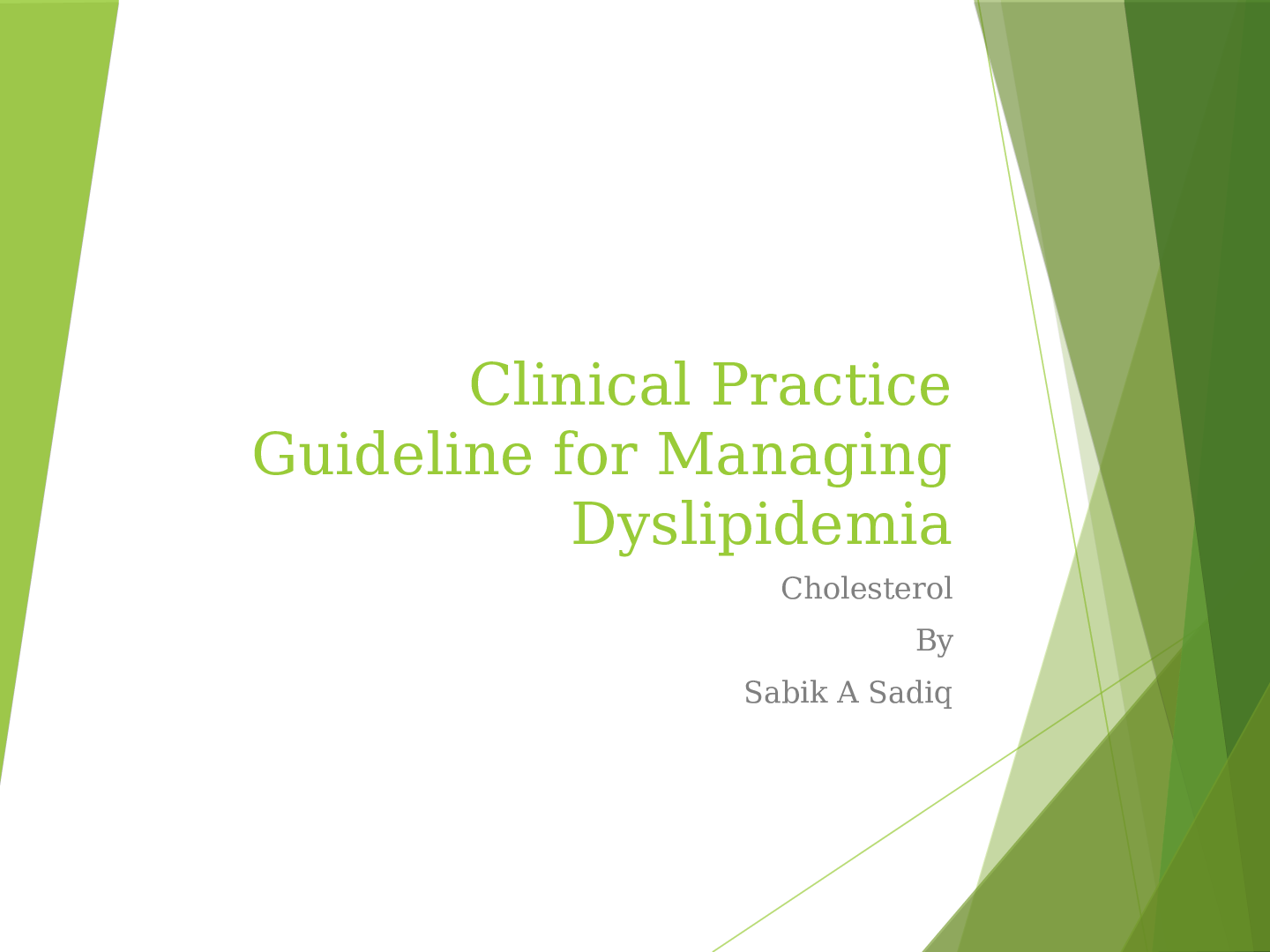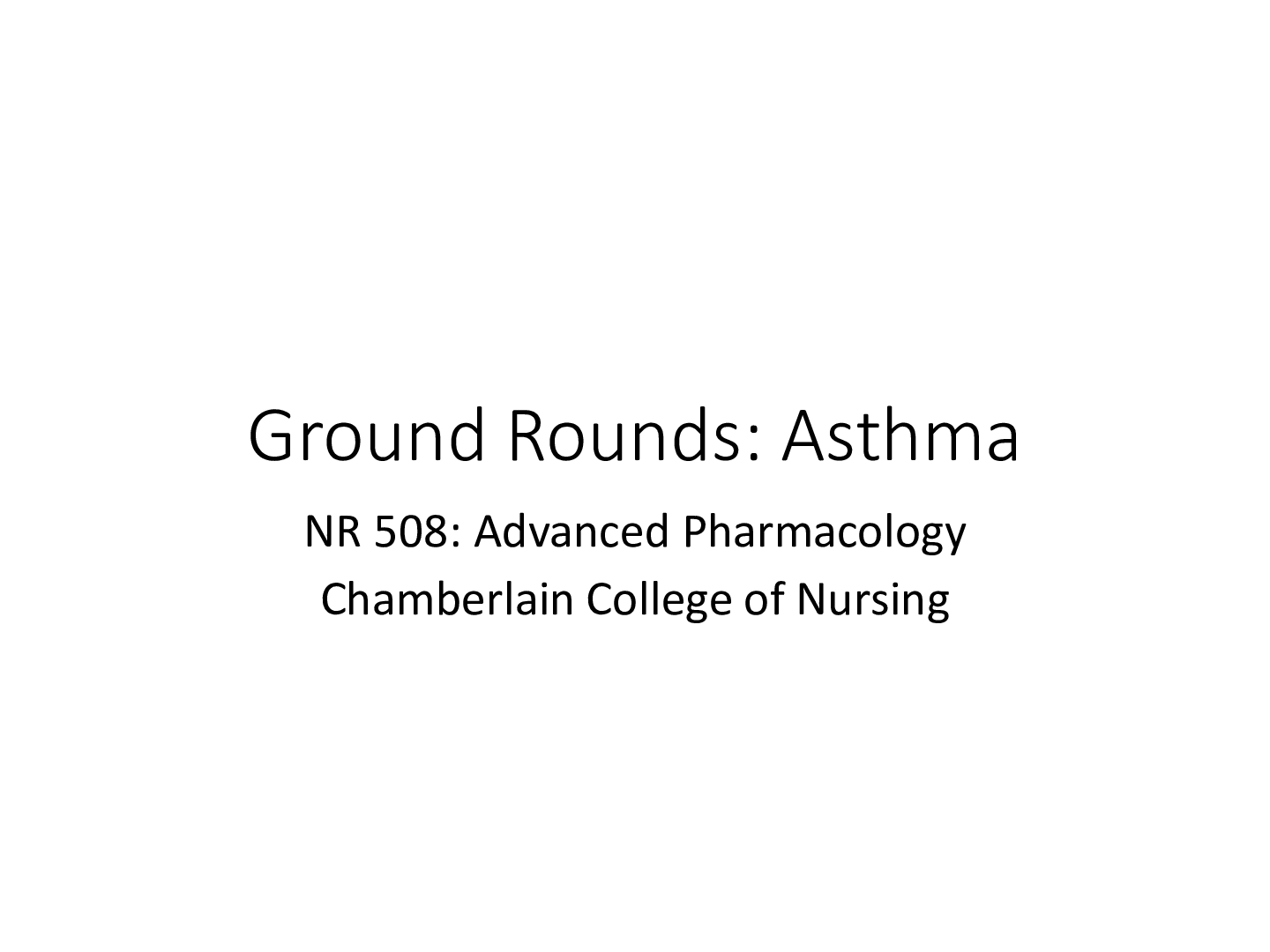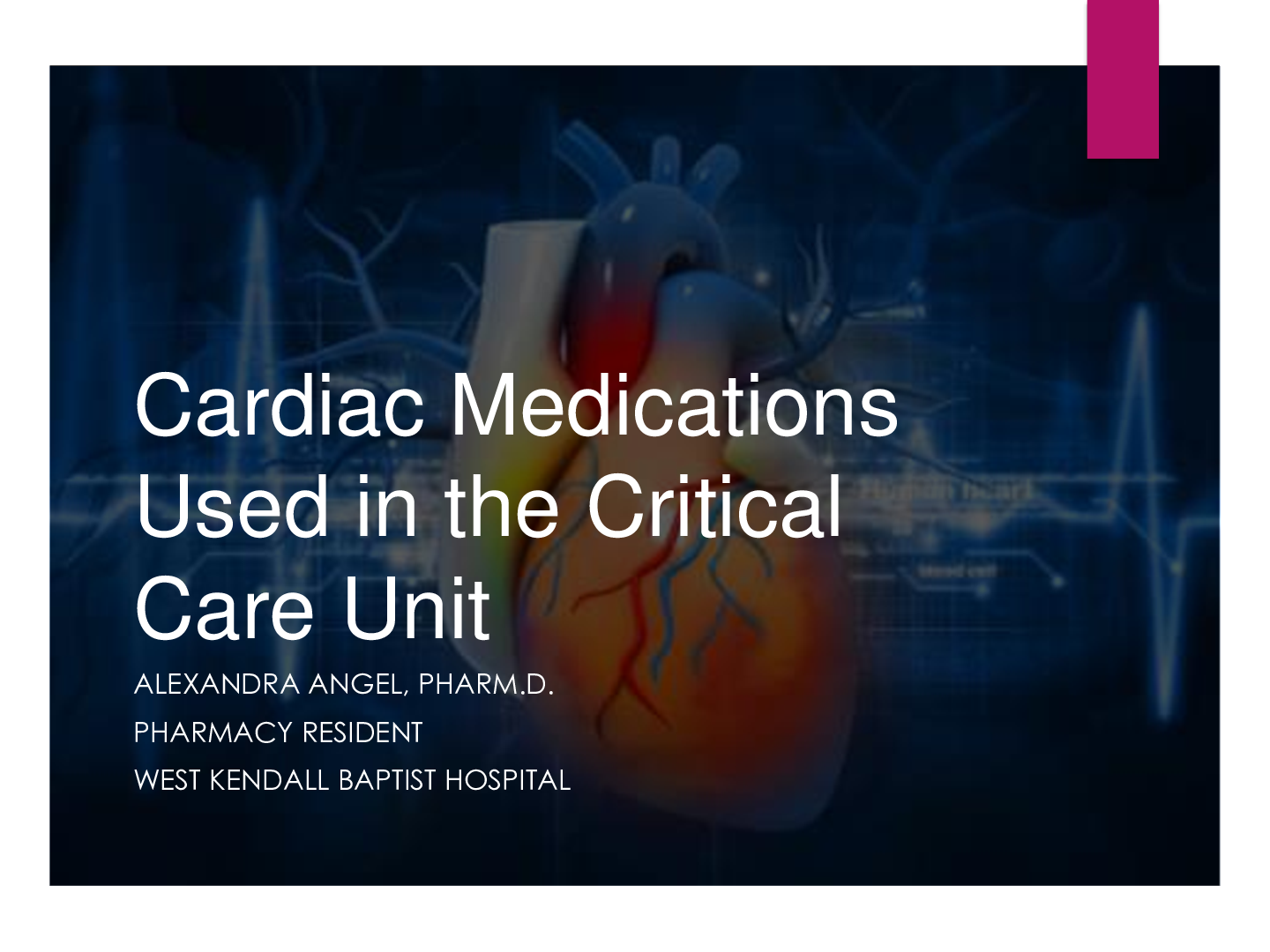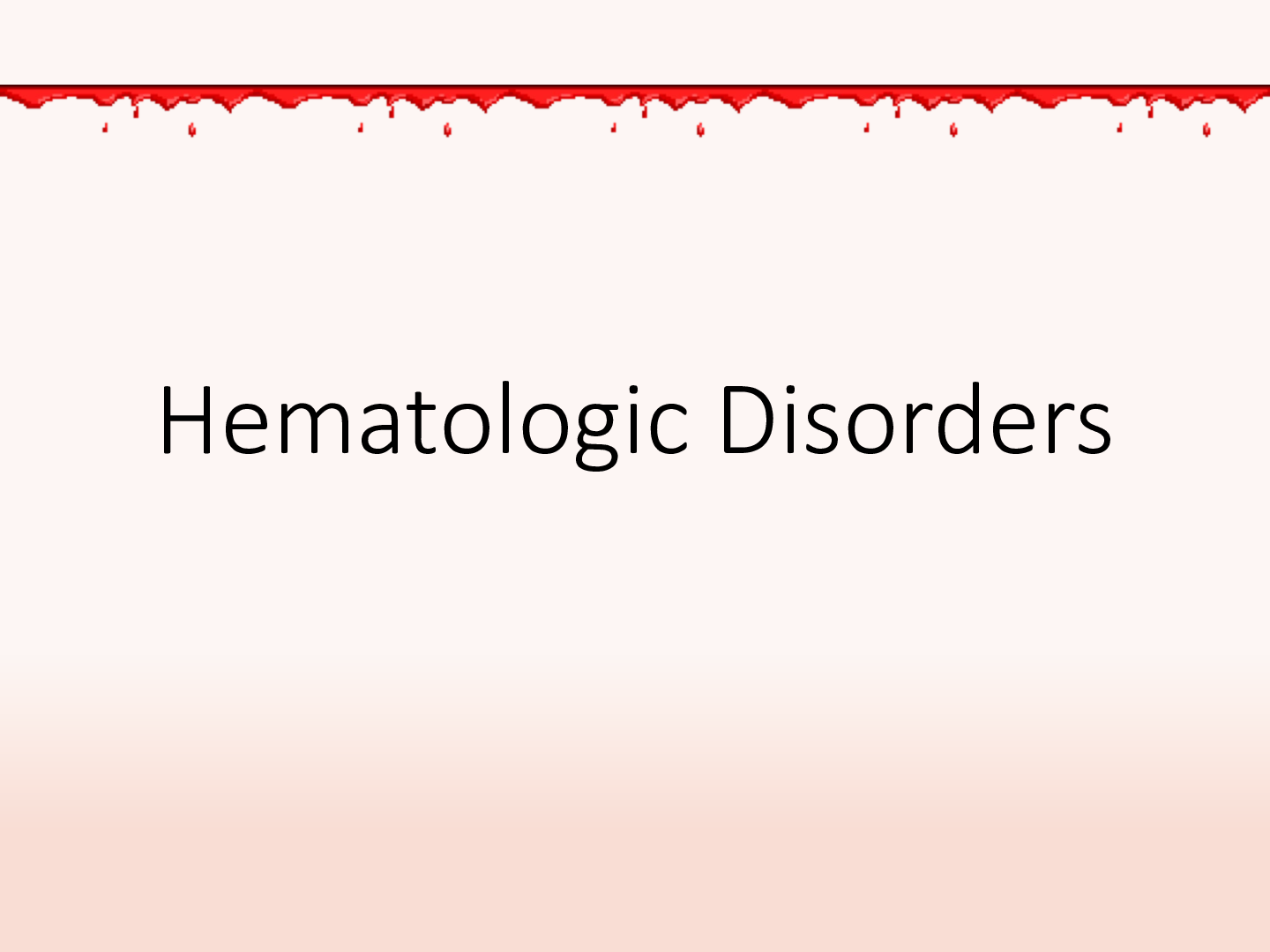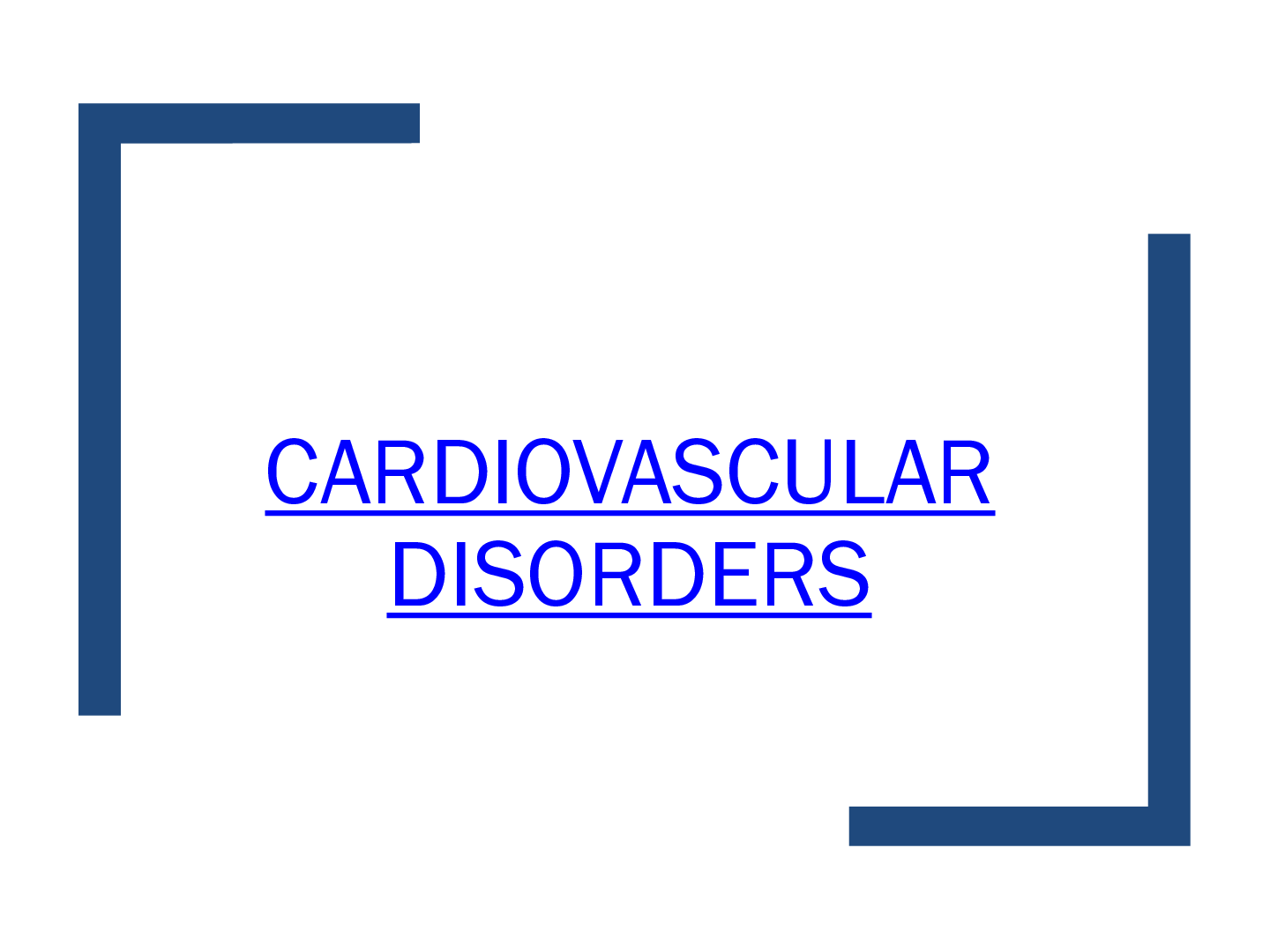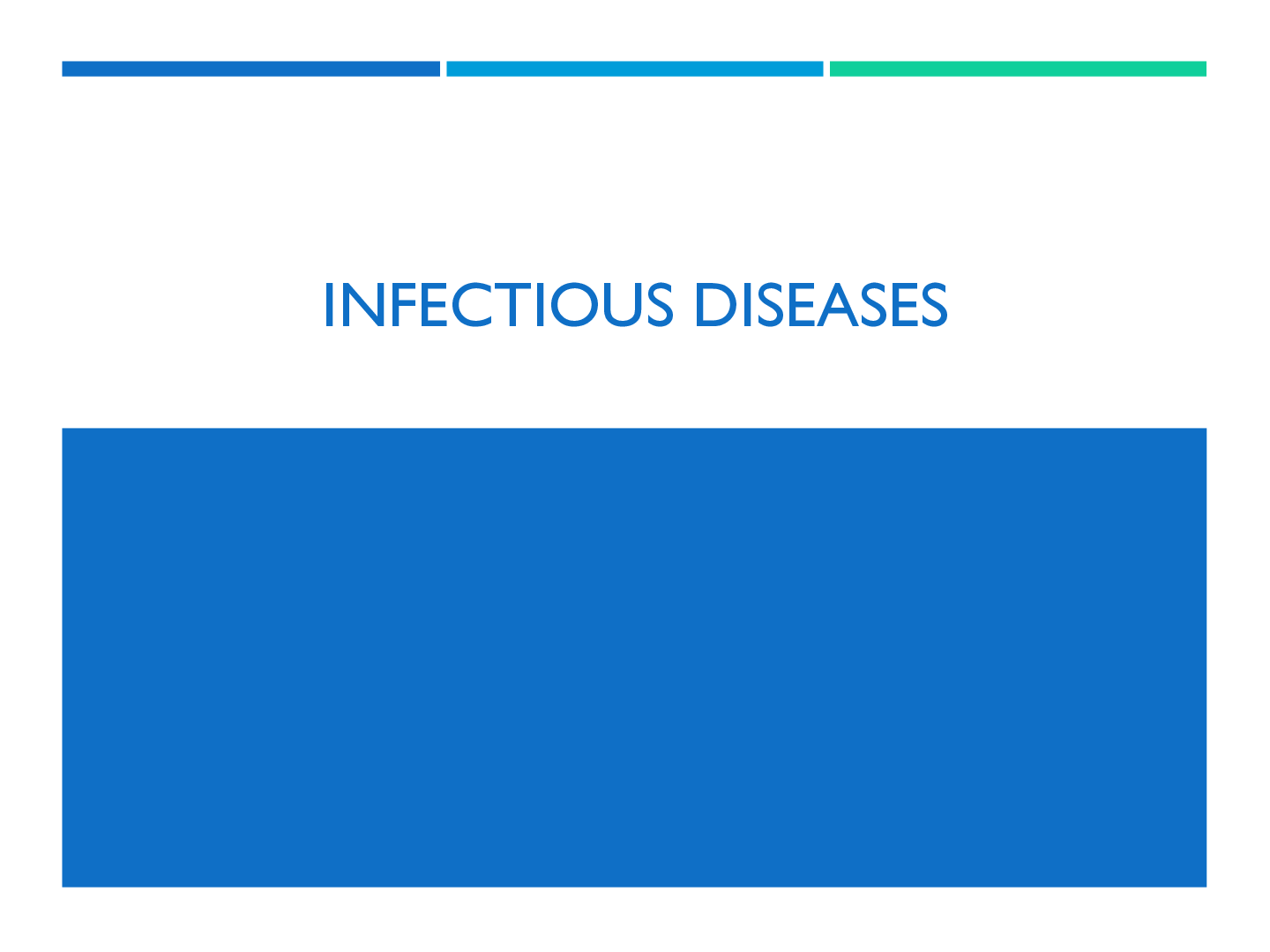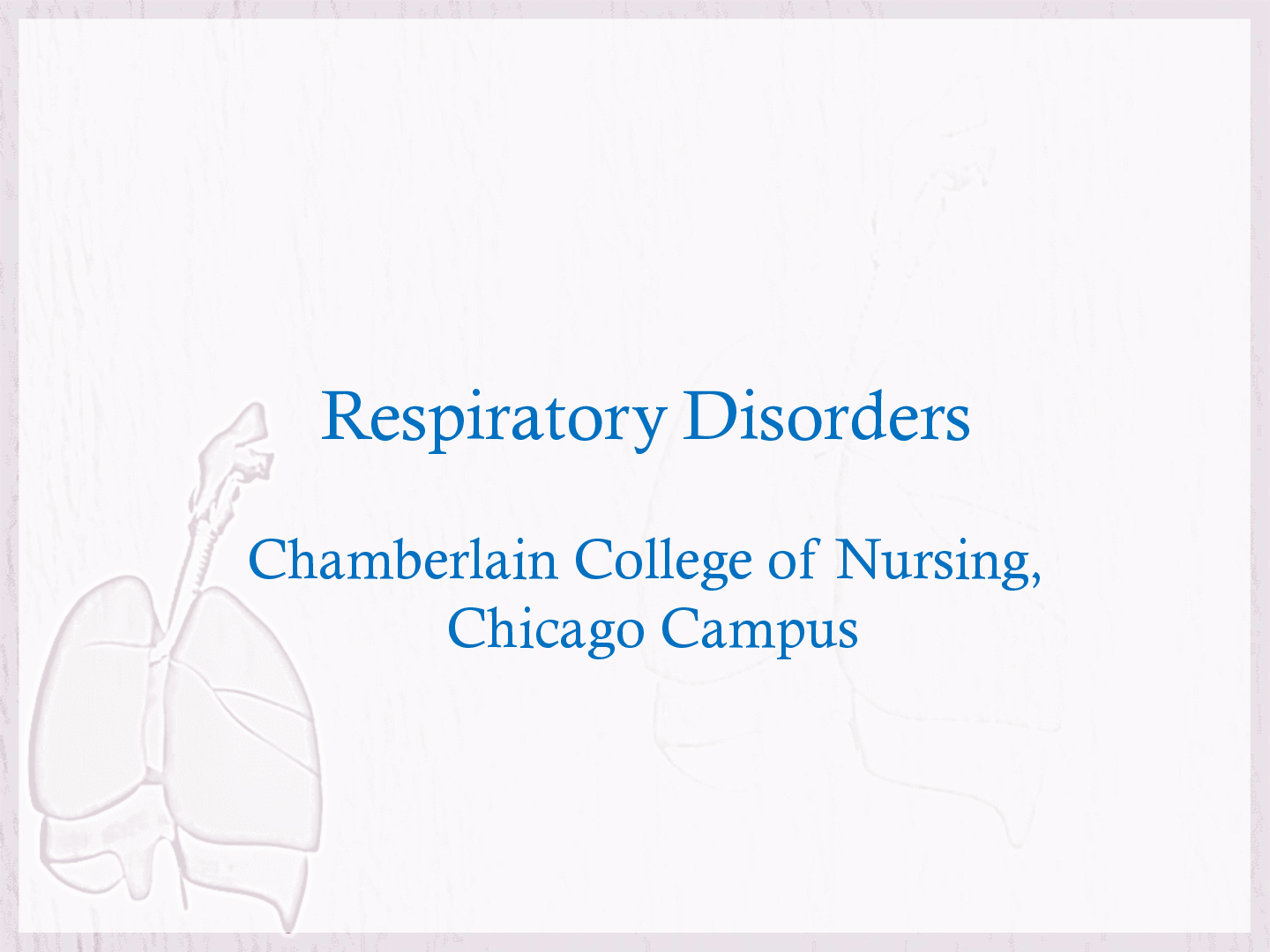*NURSING > Presentation > Allergic Rhinitis Sara Martinez NR 511: Differential Diagnosis and Primary Care Chamberlain College (All)
Allergic Rhinitis Sara Martinez NR 511: Differential Diagnosis and Primary Care Chamberlain College of Nursing
Document Content and Description Below
Disease and Background Allergic Rhinitis What is it? Most common chronic diseases in adults • Alternative names: Hay fever or Nasal Allergies • Allergic inflammation of the nasal airways • ... IgE is triggered ( antibody immunoglobulin E) • Causing sneezing • itchy • watery eyes and eyelid swelling • swelling of the nasal passages, post nasal drip • Mucus production and drainage ( rhinorrhea) • Middle ear effusion (Seidman, et al.,2015) 2 Disease and Background cont. • Classification of Allergic Rhinitis • Patterns of exposure to trigger allergens • Seasonal • Perennial • Occupational • Frequency of symptoms • Severity of symptoms (Seidman, et al.,2015) 3 Disease and Background cont. U.S. Population with Allergic Rhinitis 40% are children Mean age 8-12 years of age 10% -20% Of U.S. population 30% to 60% presentation of nasal symptoms of all patients 4 (Buttaro, Polgar-Bailey & Sandburg-Cook., 2017) Disease and Background cont. Burden of incidence • Cost • Quality of life • Productivity (Seidman, et al.,2015) 5 Disease and Background cont. Pathophysiology • Exposure to allergens • Produce IgE specifically • IgE binds the allergen by antigen presenting cells • Leads to allergen specific IgE • Present in nasal mucosa 6 (Wallace & Dykewicz.,2017) Publication and applicability in Primary Care • Author: multiple • Writer chair Seidman and assistant chair Gurgel • Organization • AAO/HNSF • Year of guideline • 2015 • CPG applied to primary care settings • Quality improvement • Where it is mostly likely managed in primary care • Promote effective diagnosis and therapy • Reduce harmful unnecessary variations of care • Optimize patient care • Intended for pediatric and adults (Seidman, et al.,2015) 7 Guideline definitions for evidence based statements Outline for the Key action statement and body of evidence for the next 4 slides • Strong recommendation- Grade A or B high quality evidence • Recommendation- Grade B or C- lesser evidence of high quality • Options- Grade D- quality of evidence exist • No recommendation- Grade D lack of pertinent evidence (Seidman, et al.,2015) 8 Key action statements and body of Evidence Guideline Action Statements 1. Patient history and physical examination (Clinicians should make the clinical diagnosis of Allergic Rhinitis with a history and physical examination) a) Strengths: recommendation Grade C b) Based on observational only c) Confidence in evidence is high * NOTE grade out line on slide 8 (Seidman, et al.,2015) 9 Guideline Action Statements Guideline action statement 2. Chronic Conditions and Comorbiditi [Show More]
Last updated: 2 years ago
Preview 1 out of 16 pages
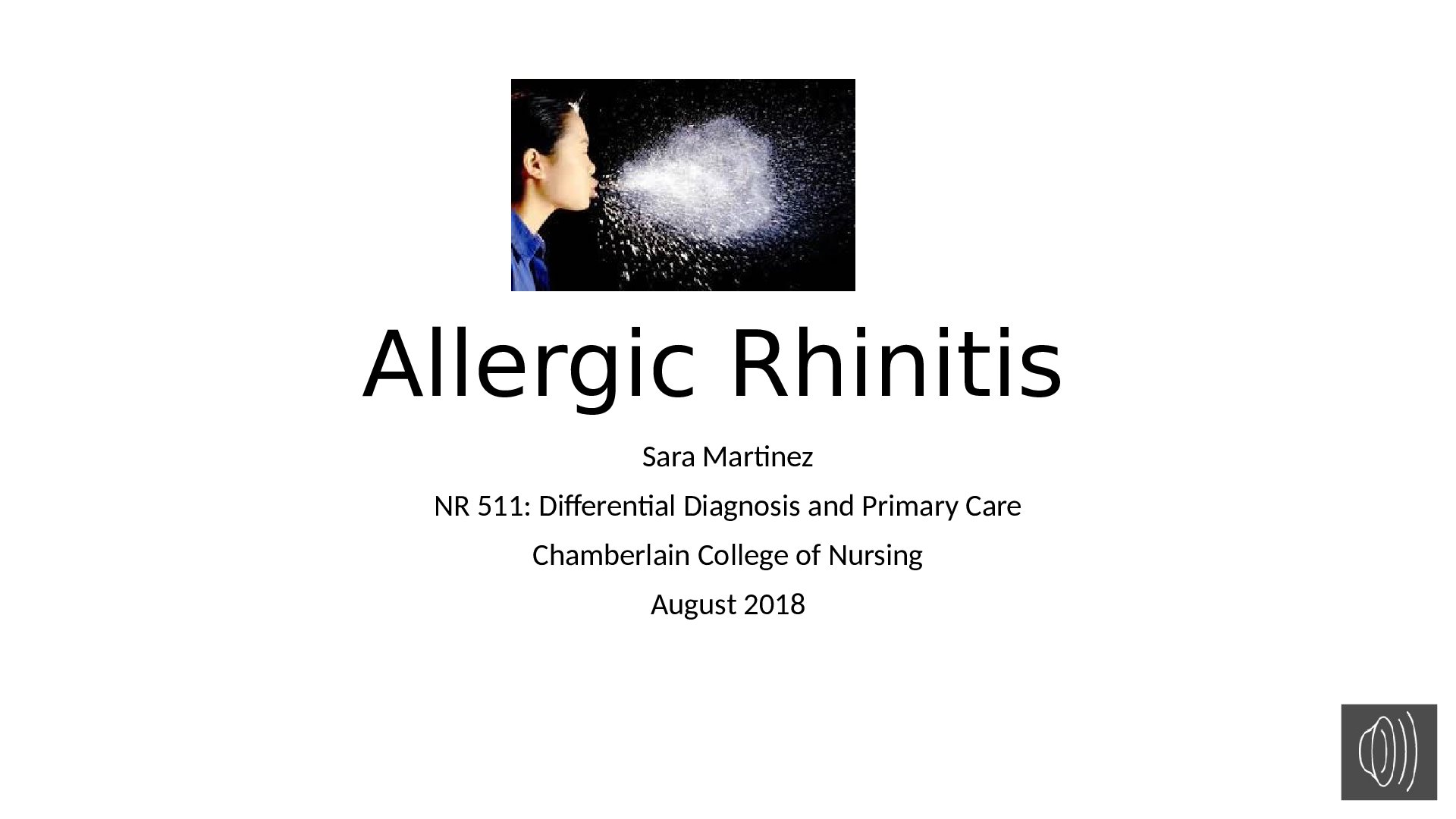
Buy this document to get the full access instantly
Instant Download Access after purchase
Buy NowInstant download
We Accept:

Reviews( 0 )
$13.00
Can't find what you want? Try our AI powered Search
Document information
Connected school, study & course
About the document
Uploaded On
May 03, 2022
Number of pages
16
Written in
Additional information
This document has been written for:
Uploaded
May 03, 2022
Downloads
0
Views
155





